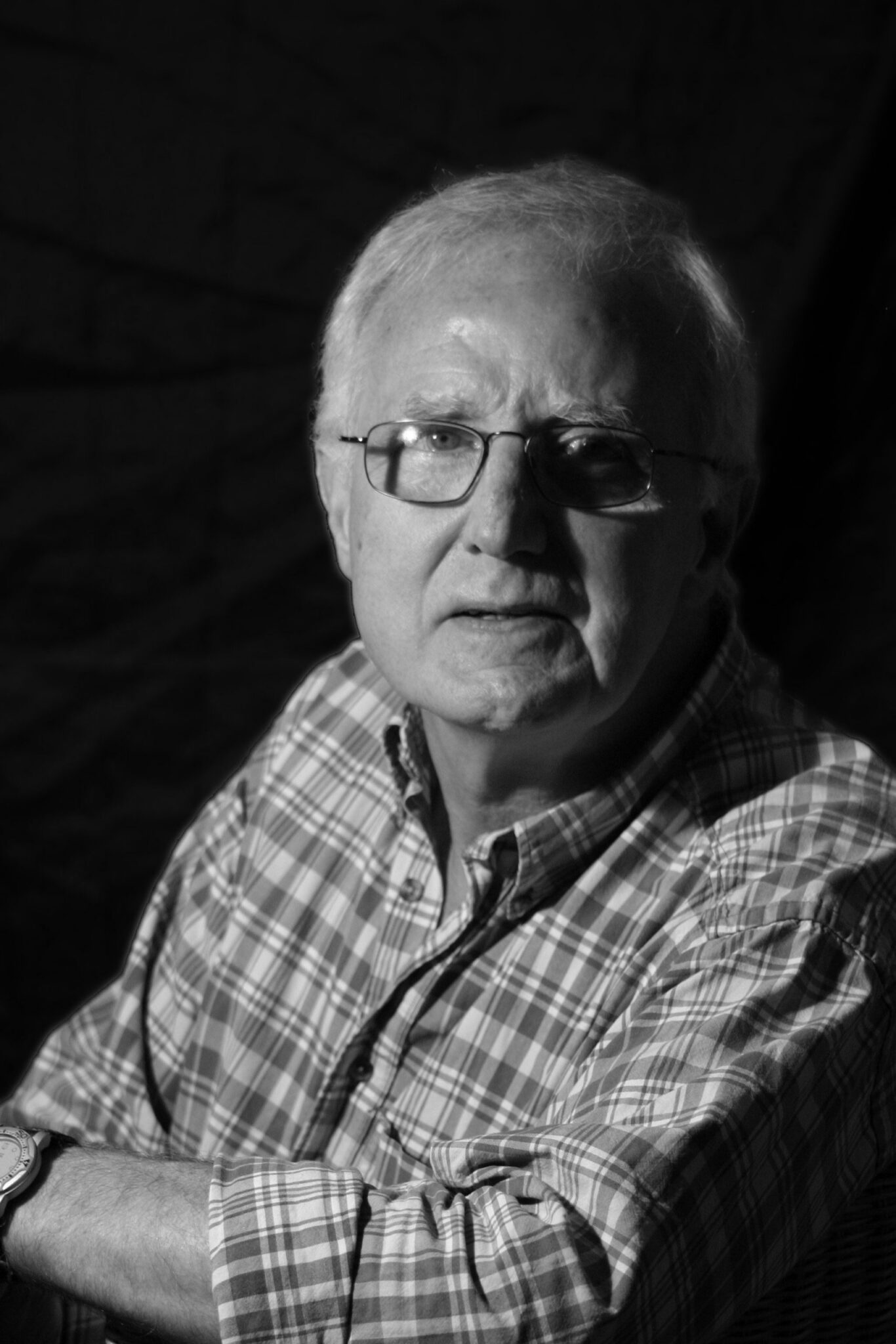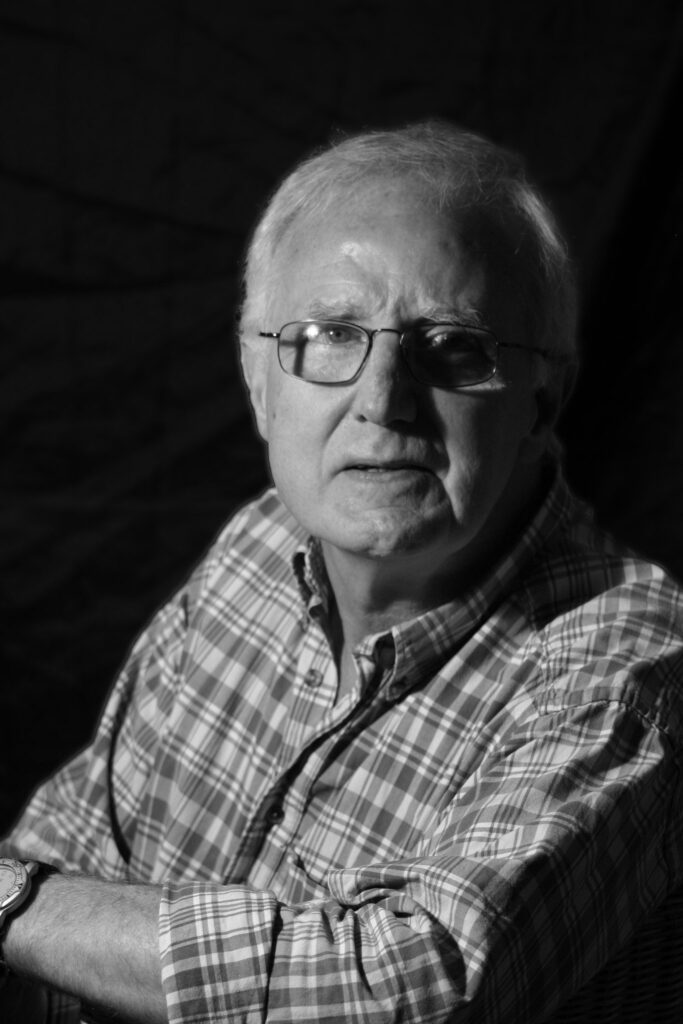Much has been made of Ernest Hemingway’s judgement that ‘the first draft of anything is shit’. But why? It’s such a crass truism, one that, thanks to the profanity of that final word, is pretty much guaranteed to offend. Indeed, it’s probably only the profanity itself that has ensured the line’s staying power. Before a draft comes into being, there’s nothing. But afterwards, at least in terms of a fiction, there are people, things, places, events, maybe even passion and other ephemeral phenomena, all elements that need to be created out of that ‘nothing’. In fact, part of the same advice in which the ‘shit’ appeared – advice offered by Hemingway to a lesser writer – was that the object of writing it was to make the reader ‘remember it not as a story he had read but something that happened to himself’.
First drafts are voyages of discovery. To get a general idea of your destination and the main events you’ll need to include as you go along, ask yourself questions, do all the obvious research, but don’t be surprised if, on the way, an alternative route presents itself (or forces itself upon you). You may find yourself going in an unexpected (but quite interesting) direction. So it’s maybe not a good idea at this stage to sketch out a detailed itinerary. The important thing is to let the characters bubble away and develop until they’re ready to start interacting. Once you know more or less who the main characters will be, start thinking about them and ask more questions. What would she/he do in specific situations? What if you put them into such and such a context? How would they behave? In other words, get to know them better before you let them loose in the situations which will produce the necessary drama, suspense, atmosphere, laughs or whatever you want to provoke in the reader. And once those characters start making their entrances, give them the space they need to be themselves.
Maybe that sounds slapdash, haphazard, but if nothing happens, you’ll know they aren’t real. On the other hand, they may well surprise you and take you to places you’d never have conceived without the driving factor of their personalities. That doesn’t mean you shouldn’t intervene and nudge them in particular directions – obviously you should, but it’s how they respond to those nudges that’s important. And they do respond. It often feels as if they decide independently to do something or other which has consequences and makes the other characters react.
It’s a technique used in workshops. The class starts with no idea of what they’ll be asked to write, so they’re encouraged to put together things that don’t belong by giving them a ‘typical’ scene such as an old lady in an ‘ordinary’ living room, with drawn lace curtains, slightly shabby furniture, no electronic equipment except an aging TV set, porcelain ornaments of animals, etc. She pulls back the edge of the curtains and sees … what?
The class now has to suggest the sort of things she might see and almost every suggestion leads to possible plots. But many of them will be clichés. They probably won’t be very daring or unconventional, so the class is now asked to add more information to introduce another layer of complexity. For example:
- She sees the postman coming up the path. Then someone adds that he’s not wearing his usual uniform, but a very smart suit, with tie, shiny shoes, etc. Why?
- She sees a group of kids fooling around and one of them isn’t playing, but just sitting on her garden wall, his back turned to the others, looking straight at the house. Why? Who is he?
- She sees soldiers, zebras, a strange darkness even though it’s midday. Etc. etc.
And so it goes on. It’s all about answering questions. Especially, of course, that all-important ‘Why?’
The first draft is, of course, just a beginning. When you have it, you can move to the editing phase and start focusing on structural aspects, moving scenes around, optimizing effects, increasing tension, ironing out inconsistencies, eliminating side alleys, polishing the prose or sharpening dialogues to make the most of where you’ve been taken. Frequently, you may find that when you reread a book or story you wrote a while ago, you have no idea how it came to have the shape it does. As writers, you’re in control of your material, but how it all works can be a beautiful mystery.

